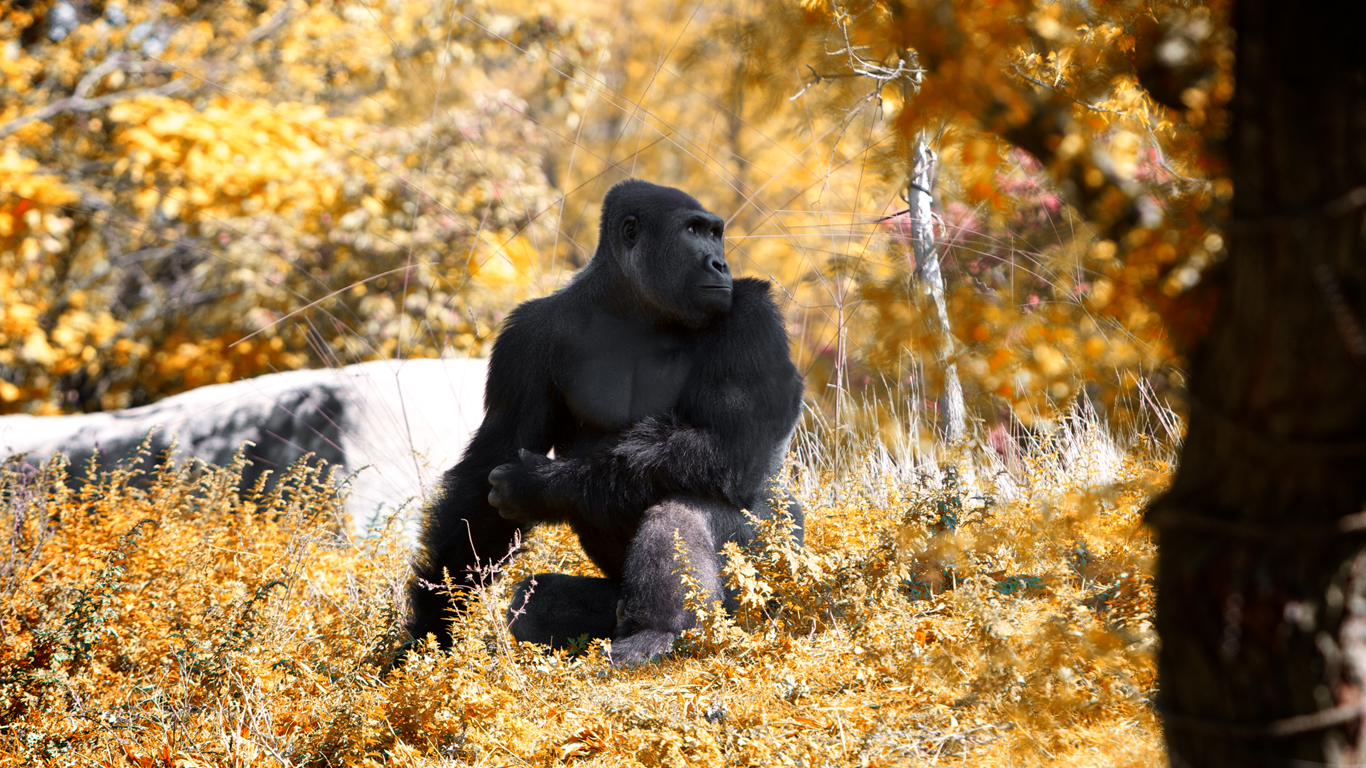There Is No Single “Humanness” Gene

Over at his blog, Jerry Coyne silences the recent hype over intimations of another “humanness” gene. It’s an idea frequently propagated by the hinterlands of irresponsible journalism. In an effort to explain the looming question of just what it is that accounts for the vast phenotypic difference, albeit minor genetic difference, between humans and our closely linked mammalian cousins (e.g., chimpanzees, bonobos), overzealous journalists tend to seize upon each new gene as representing the essence of Homo sapiensness. We saw it with the FOXP2 gene, and here again with miR-941, a short sequence of microRNA.
What, then, can account for our oversized brains, advanced vocal tract allowing for speech development and our seemingly more complex neural outputs in contrast with other primates and mammals? One question we might consider is whether it is possible that a single genetic change (such as the appearance of miR-941) could have altered the primate brain in such a way that it set off the rapid growth of brain size and functional complexity reified in the human species?
We know, for example, how primate brains have been shown to enlarge in certain cortical regions once new information or actions are learned. Is it possible that miR-941 enabled specific cortical areas of the brain to respond more readily to previously non-integrated cortical inputs and thus create neural networks that led to both larger brains and more advanced cognitive capacities, and that the skulls of such primates were concomitantly able to enlarge in order to house them?
Or is hedging all of our bets on a single, omnipotent gene an absurd form of Panglossianism, or “a mug’s game,” as Coyne suggests? The solution to such a complex question is likely to involve a mixture of genes and interrelated factors. The large proportion of unexplored “junk” DNA resting in our genome is one potential hiding place for a forthcoming solution. We still have an imperfect understanding of the roles noncoding DNA and RNA play in the overall function of an organism. As we dig deeper into this repository, we may find the answer is much knottier than any one gene can untangle.
External link: Popular press wildly overblows “gene for humanity”
Feature image: “Ape” by kalmichael


Comments